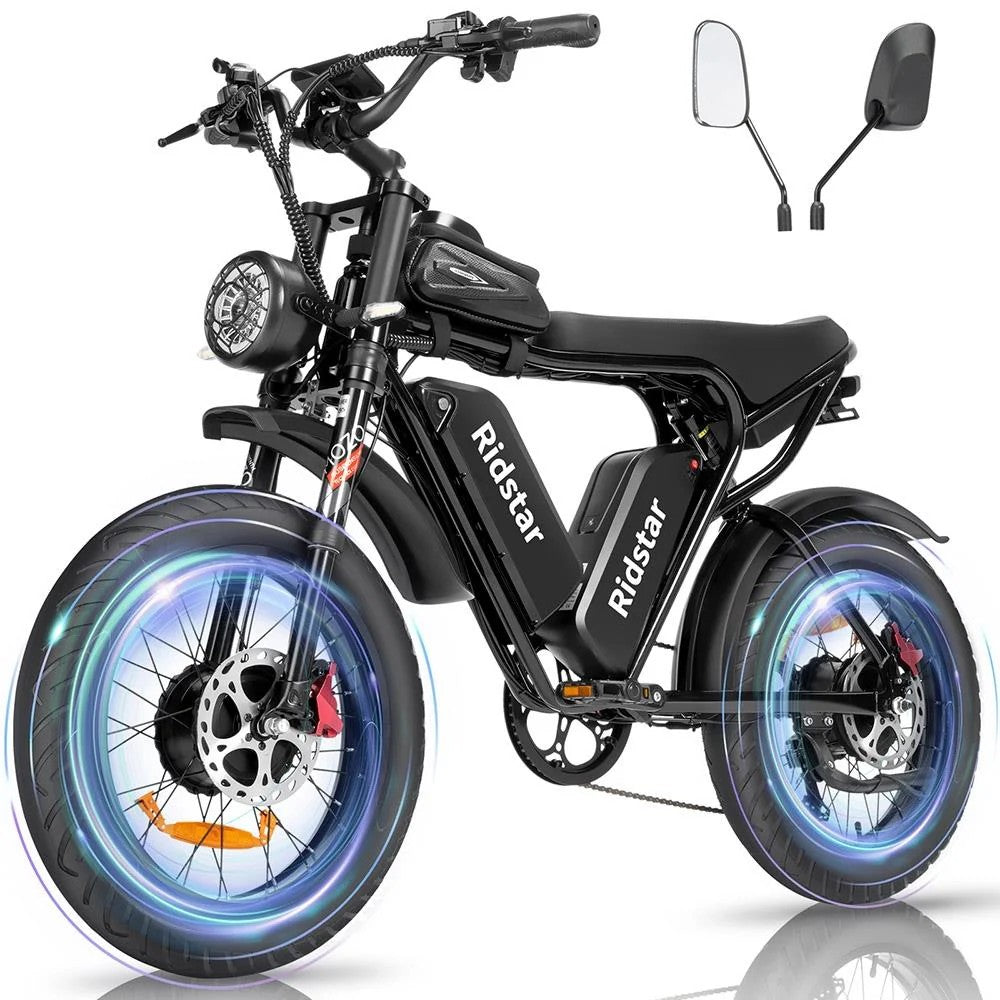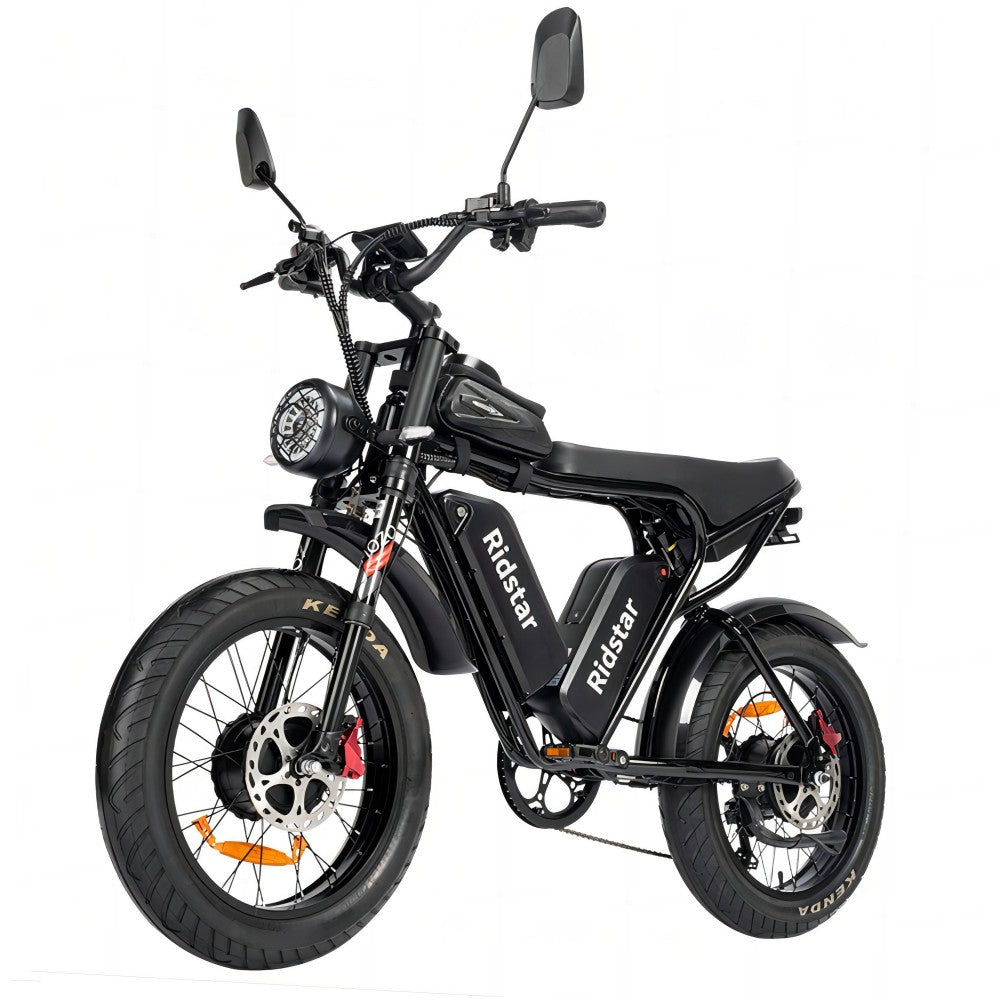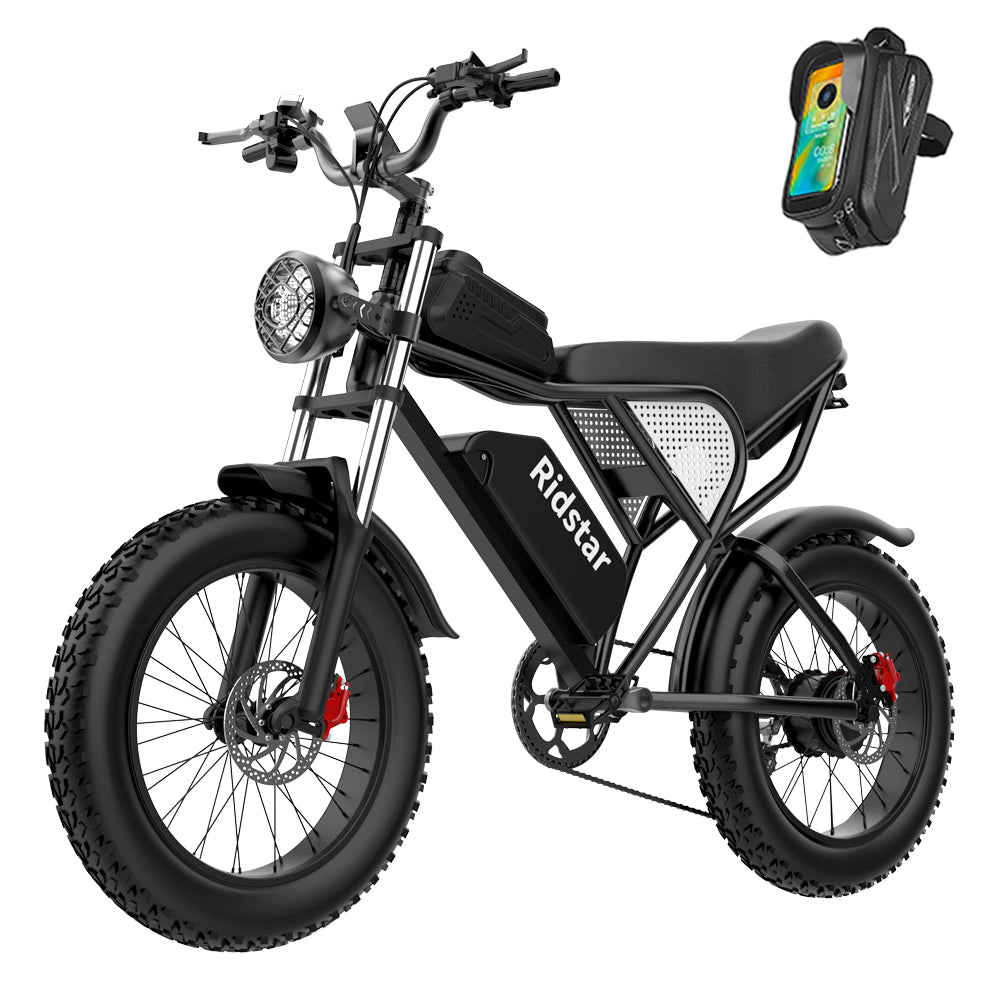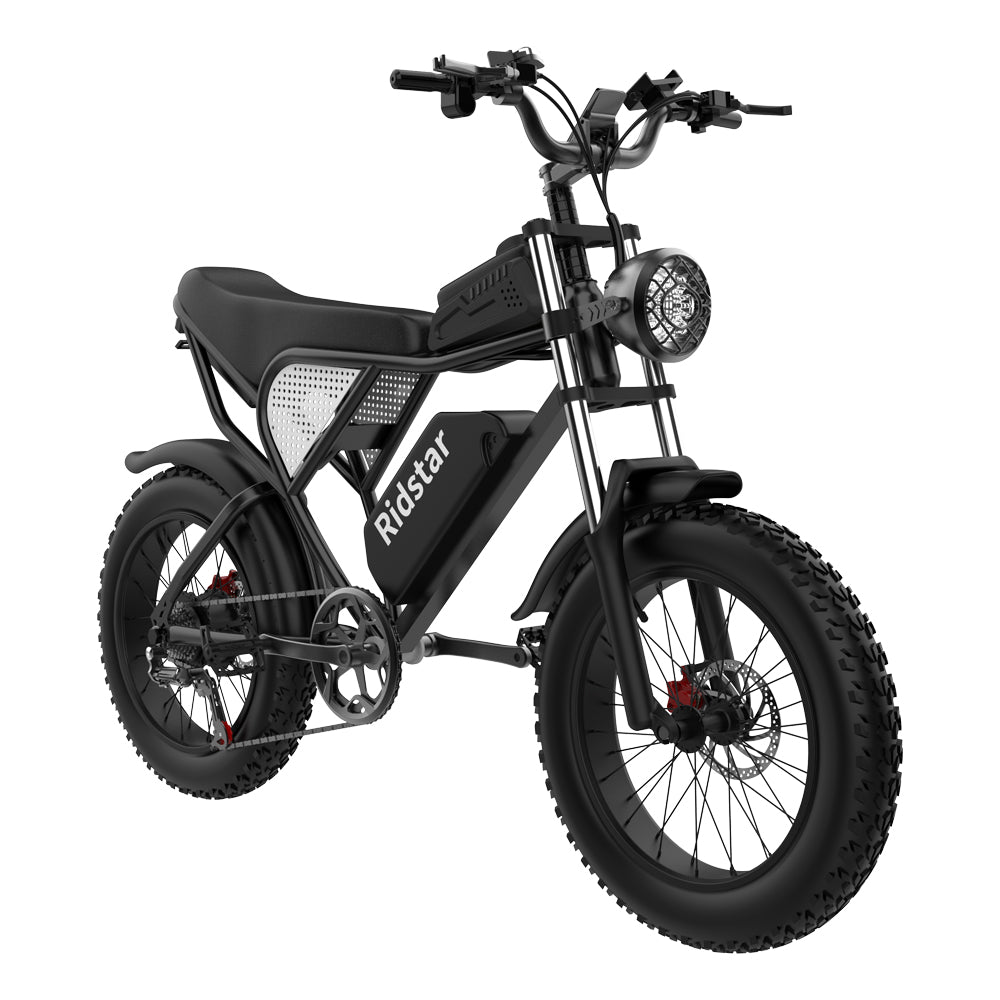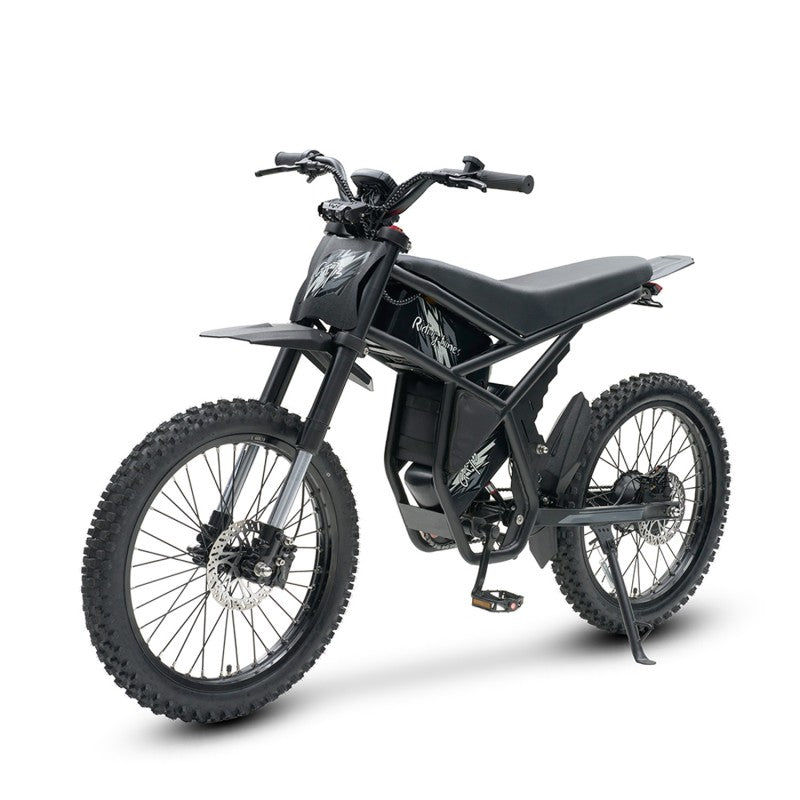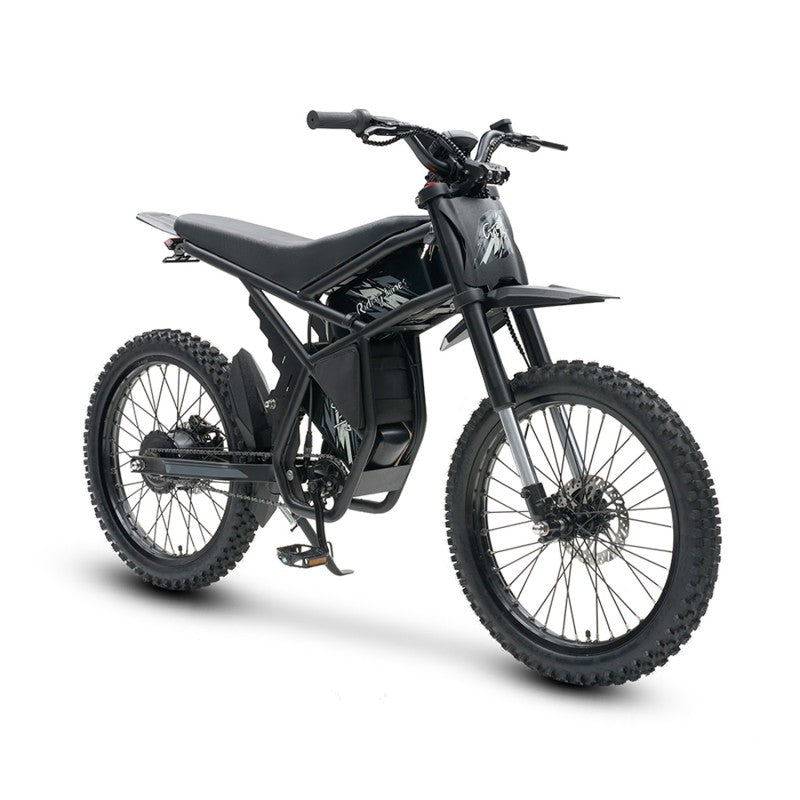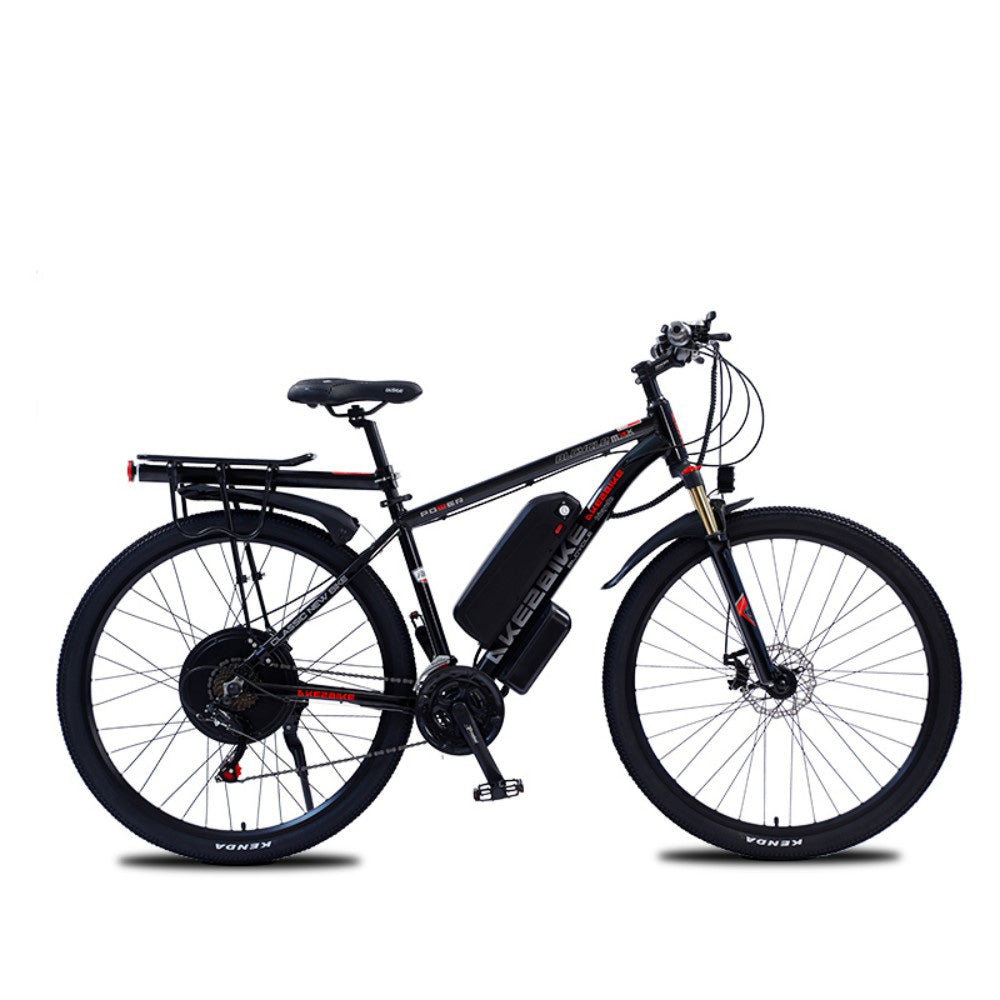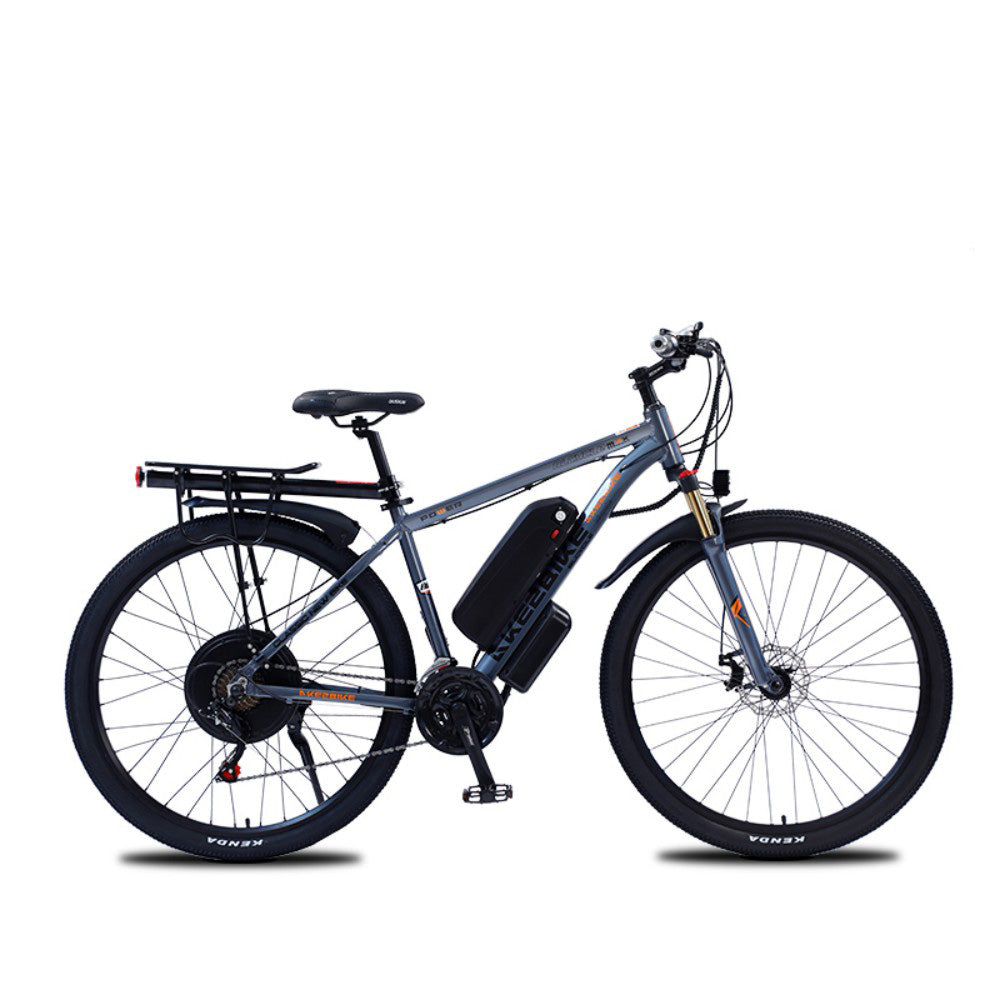How to Fix Common Electric Bike Problems: Noisy Chain, Weak Brakes & Wiring Issues Easily
Electric bikes (or e-bikes) are a game-changer for commuters and casual riders alike. But like any vehicle, they can develop issues over time. Whether you're hearing a noisy chain, noticing that your brakes aren’t as sharp as before, or facing mysterious electrical problems, it's important to know how to troubleshoot and fix these common issues. This guide will walk you through practical steps to get your e-bike back in top shape—no need for professional tools or advanced mechanical skills.
Fixing a Noisy Chain on an Electric Bike
A loud or rattling chain is not just annoying—it can also be a sign of wear, misalignment, or a lack of lubrication. Over time, if not addressed, this can damage your drivetrain or even lead to a snapped chain mid-ride.
Start by inspecting the chain for dirt, rust, or stiffness. E-bikes typically accumulate more grime due to their higher torque output. Clean the chain thoroughly with a degreaser and an old toothbrush or chain-cleaning tool. Once clean, apply a lubricant that’s appropriate for your riding conditions—dry lube for dusty areas, wet lube for rainy climates. Be sure not to overlubricate, as excess oil can attract more dirt.
Next, check for proper chain tension and alignment. A loose chain can slap against the frame and make noise, while an overly tight chain stresses the drivetrain. Shift to the smallest front and rear gears, then gently pull the chain at the midpoint. There should be slight movement—about half an inch. If the tension is off, use the derailleur adjustment screws or move the rear wheel slightly (on single-speed e-bikes) to correct it.
Also, check for chain stretch. Over time, the links can elongate, causing them to no longer mesh well with the cassette. Use a chain wear checker tool or visit a local bike shop for a quick measurement. If it's worn out, replace the chain before it wears down your sprockets, which are more expensive to fix.
How to Restore Brake Power on an Electric Bike
Braking is a critical component for your safety. If your e-bike brakes feel spongy, weak, or unresponsive, it's time to do some basic troubleshooting and maintenance.
First, identify the type of brake system your bike uses. E-bikes typically come with either mechanical disc brakes, hydraulic disc brakes, or rim brakes. Each system requires slightly different care, but the core principle is the same: friction must be reliable.
For mechanical disc brakes, check if the brake pads are worn. You can do this visually by removing the wheel and inspecting the pad thickness. If it’s less than 1mm, it’s time to replace them. Also, check the cable tension—loose cables will reduce braking force. Use a 5mm Allen key to adjust the barrel adjuster near the brake lever or caliper until you feel the response tighten.
Hydraulic disc brakes, on the other hand, may need to be bled if the fluid has air bubbles. If the brake lever feels mushy, bleeding the brakes will restore firmness. This process requires a brake bleeding kit and is slightly more advanced, but many tutorials online walk through it step by step.
Cleanliness also matters. Dirt and oil can compromise braking power. Use isopropyl alcohol to clean your rotors and avoid touching them with bare fingers afterward. If the rotor is warped or bent (you'll feel this as a pulsing when braking), replace or straighten it with a rotor truing tool.
Lastly, check the brake lever position. It should be adjusted so that you can comfortably reach and apply full pressure without overextending your fingers. Ergonomic tuning can make a big difference in how effective and safe your brakes feel on the road.
Troubleshooting Electric Wiring Problems on an E-Bike
Electric bikes rely on a network of wiring to connect the battery, motor, controller, throttle, display, and sensors. Any disruption—like a loose connection, frayed wire, or water damage—can cause the bike to malfunction or stop working altogether.
Begin with a visual inspection of all connectors. Look for loose plugs, damaged insulation, or exposed wires. Many problems come from jostled connections, especially near the battery or handlebar display. Unplug and replug each connector to ensure a secure fit. You can also gently tug on each wire to test its integrity.
Next, test the battery voltage using a multimeter. A fully charged 36V battery should show a reading around 42V. If the battery reads low or dead, it could be a charger issue or an internal battery problem. If your bike cuts off randomly during rides, it might be a case of low current output due to a faulty battery management system (BMS).
Continuity testing is essential for detecting broken wires. With the multimeter set to continuity mode, test wire paths between the controller and motor, throttle, and brake sensors. If any wire doesn’t show a beep or resistance reading, there’s a break inside the cable, and it needs replacing.
Water ingress is another common culprit. E-bikes are often ridden in all weather, and even water-resistant designs can eventually allow moisture in. Dry all connectors, especially those near the bottom bracket or downtube, using compressed air or by placing the bike in a dry, warm room for 24 hours.
If all else fails and the system still won’t power on or behaves erratically, it may be time to inspect or replace the controller. The controller acts like the brain of your e-bike, and any internal damage here can disrupt multiple functions at once. Before replacing it, however, consult your bike’s user manual or a service technician to confirm the diagnosis.
FAQs: Fixing Common Electric Bike Issues
1. How often should I clean and lubricate my e-bike chain?
You should clean and lube your chain every 100-150 miles, or more frequently if you ride in wet or dusty conditions.
2. What causes disc brakes to squeal on e-bikes?
Squealing often comes from contaminated rotors or pads. Clean both with isopropyl alcohol and ensure they’re dry before riding.
3. Why does my e-bike suddenly lose power during a ride?
This could be due to battery issues, a faulty controller, or loose wiring. Check connections and test battery output first.
4. Can I use regular bike brake pads on my electric bike?
It depends. E-bikes are heavier and faster, so it’s best to use e-bike-specific pads made for higher friction and durability.
5. What tools do I need to troubleshoot e-bike electrical problems?
A multimeter, Allen wrenches, electrical tape, and spare connectors or zip ties are essential for basic troubleshooting.
6. How do I know if my e-bike controller is broken?
If all connections and the battery are fine but the bike still won’t run, and display errors are inconsistent, the controller might be the issue.
Conclusion: Keep Your E-Bike Running Smoothly with Regular Checks
Fixing electric bike issues doesn’t have to be overwhelming. By addressing problems like noisy chains, weak brakes, and faulty wiring early, you prevent more serious damage and expensive repairs later. Make a habit of monthly maintenance checks and stay informed on your bike’s components. With a few tools and a bit of patience, you'll ride safer, longer, and with more confidence.






